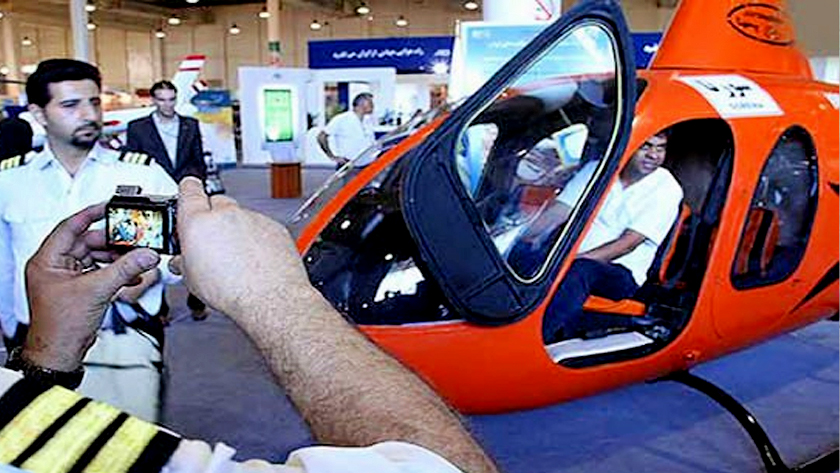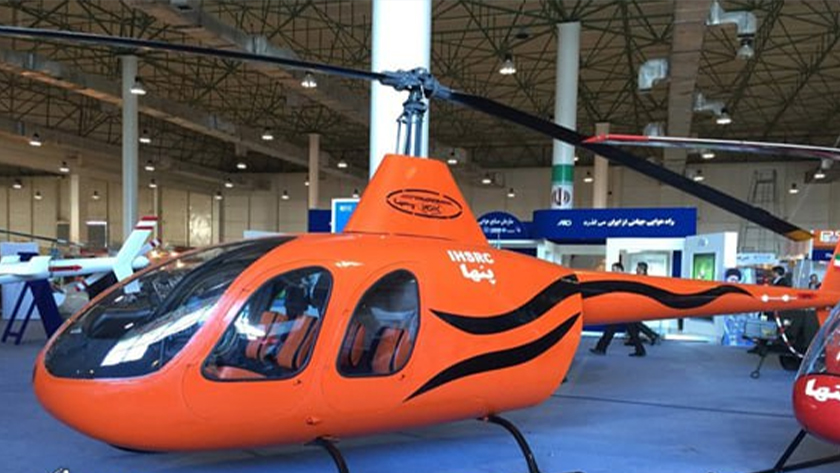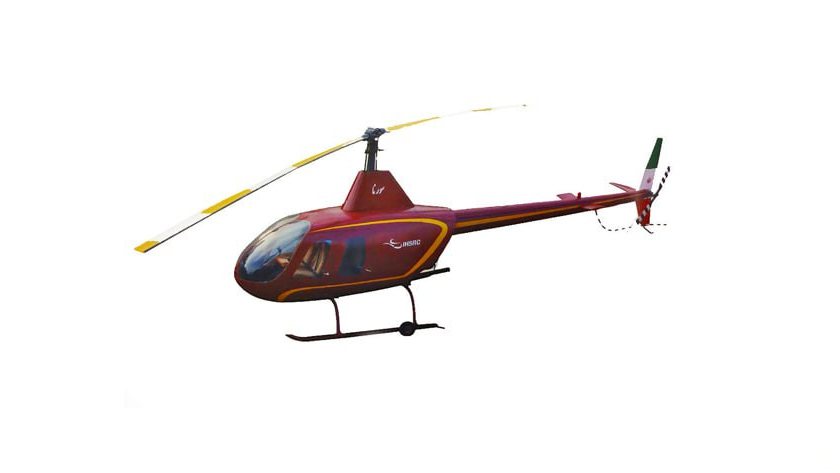Iran Press/ Iran News: The arsenal of transport, search and rescue, exploratory and attack anti-submarine helicopters is very important for the armed forces of countries.
Helicopters can perform various missions in the field of battle and behind the front with a long standstill. Therefore, helicopters have always been lucrative.
Helicopters have always played an effective role in the battlefield because they are able to meet the needs of combat forces at any moment by creating an air bridge, and by conducting patrol and aerial reconnaissance operations, artillery marking, or strike and offensive attacks. Armored, mechanized, and infantry units of the enemy inflicted significant blows on them.
Helicopters have always played an effective role in the battlefield because they are able to meet the needs of combat forces at any moment by creating an air bridge. The helicopters inflict significant blows on the armored, mechanized and infantry units of the enemy by carrying out aerial patrol and reconnaissance operations and conducting strike and offensive attacks.
The need for a light and training helicopter
Due to the importance of helicopters, military institutions such as the Islamic Revolution Guard Corps and the Ministry of Defense and Armed Forces Support and its subordinate organizations have focused on reverse engineering and the design and production of various types of helicopters with diverse missions.
In this way, in recent years, all kinds of helicopters have been built in the country such as the family of Shahed helicopters manufactured by the Shahed Aviation Industries Company of the Islamic Revolutionary Guard Corps. Iranian specialists were able to build the Shahed family of helicopters in various types of transport, exploration, and attack.

The reason for choosing a platform to build several samples is that it makes the maximum use of the same designs, parts, and systems, and besides, there are advantages such as a significant reduction in design development time, a reduction in design and production costs, and a reduction in the flight crew training process and providing maintenance and the possibility of using common parts.
Considering that various helicopters made in Iran have turboshaft engines, therefore there was a need to build a simple, light and low-cost helicopter that has a piston engine to meet the training needs, especially for pilot training, because training young pilots with helicopters with the turboshaft engine is very expensive.
Although Iranian experts' ability in the field of helicopters with turboshaft engines has been proven, training pilots with these helicopters is very expensive.

In addition, the cost of their maintenance is very high, because all the birds need short-term repairs after a short period of time, and after a few short repairs, they need a complete overhaul, and therefore the continuous use of these helicopters is not economical.
This made the designers think of designing and building a light, simple helicopter, and thus the Sorena helicopter was born. This indigenous helicopter has the ability to perform various missions and due to its construction with composite materials, it is much lighter than the existing helicopters in the country, and in this respect, it is placed in the category of light helicopters.
An overview
The first Iranian four-seater piston helicopter named Sorena was built by Iran Helicopters Support and Renovation Company for training, patrolling, use in incidents and missions of the Red Crescent Organization.
This helicopter is designed according to the climatic conditions of Iran, and its body is made of composite and has a 300-horsepower engine.
The design of the Sorena helicopter has been carried out Helicopters Support and Renovation Company's large helicopter industries with the help of domestic universities and knowledge-based companies.
This helicopter was unveiled in November 2013 at the seventh biennial international exhibition of Iran's air and aviation industry. This is the first domestically made piston engine helicopter, which weighs around 1200 kg with an all-composite body.

The Iranian Sorena has a flight ceiling of 14,000 feet, a static ceiling of 9,000 feet, an ascent rate of 5 meters per second, and a range of 650 kilometers, which can be increased; Compared to other helicopters in the world, these characteristics have made this Iranian helicopter a serious competitor, this helicopter has a flight speed of 160 km (100 knots) and a maximum speed of 240 km/h. Its flight range is 650 km, which can be increased.
The Sorena helicopter is produced with a fully composite body for the purpose of patrolling and pilot training. Considering that the Sorena helicopter is designed and built internally, for the reconstruction of this helicopter, there is a need for the cooperation of knowledge-based companies to supply its parts from the inside, which is divided into the areas of "products", "process", "algorithms and software", "testing and simulation infrastructures", "preparation and compilation of documents and manuals" and "training".
206
Read More:
Iran's army to protect Iranian nation hand in hand with IRGC
ahmad shirzadian

